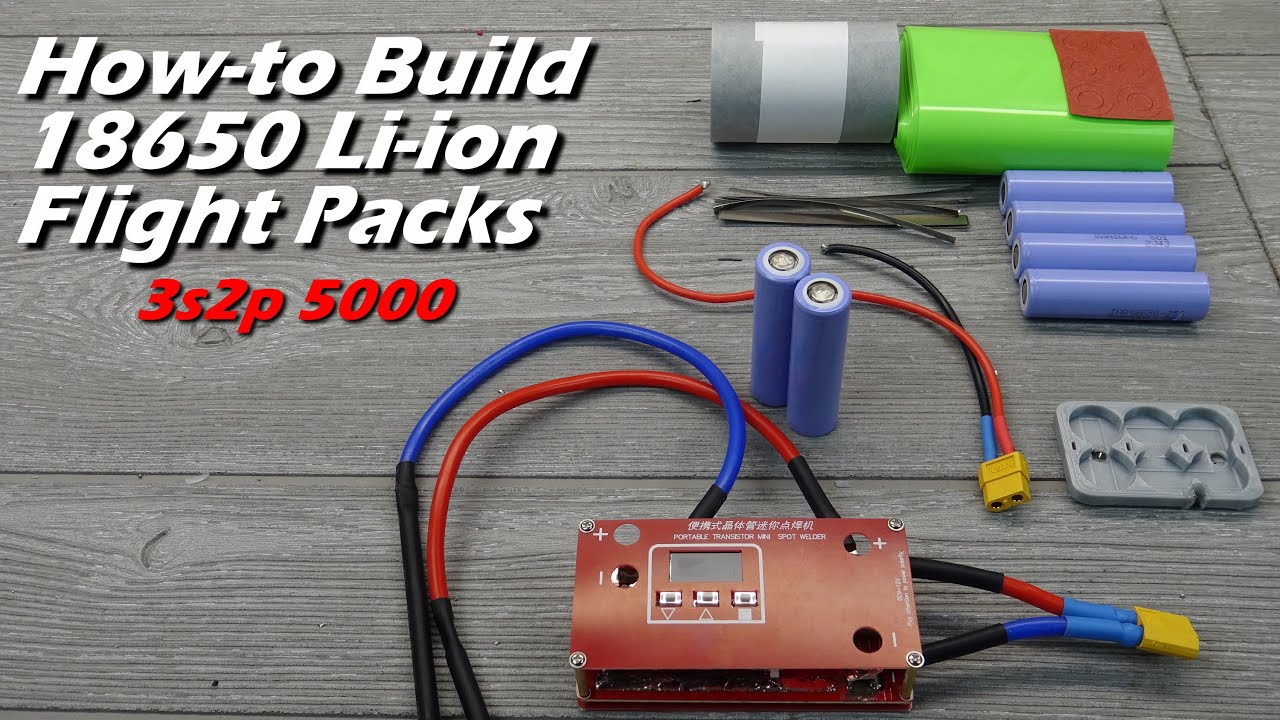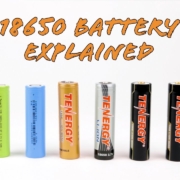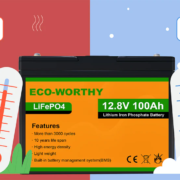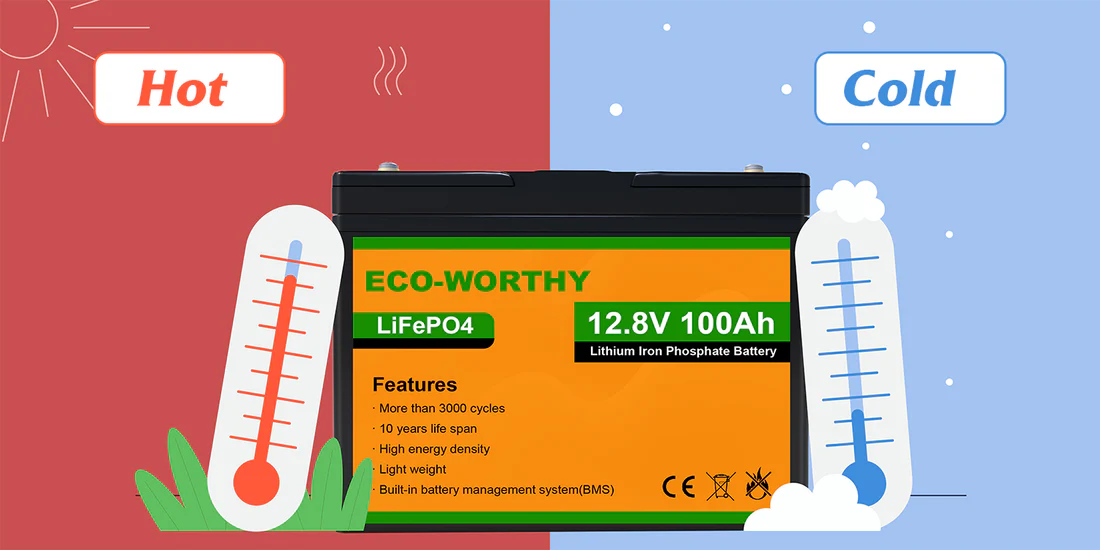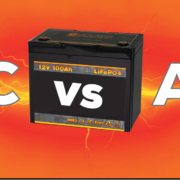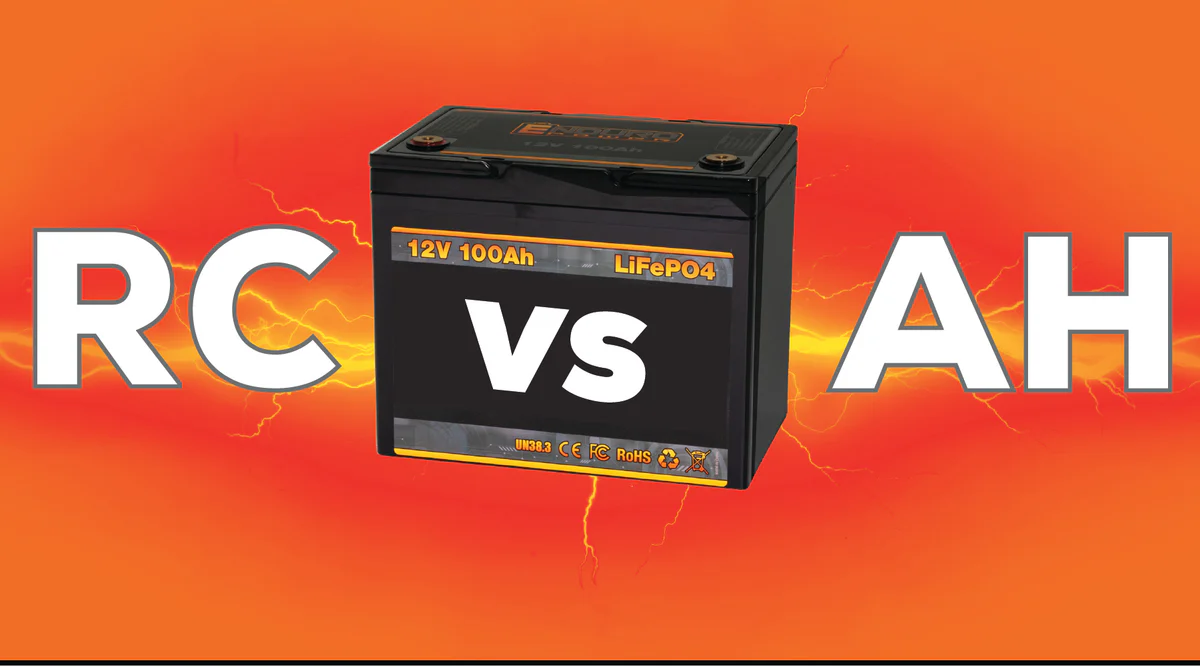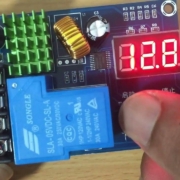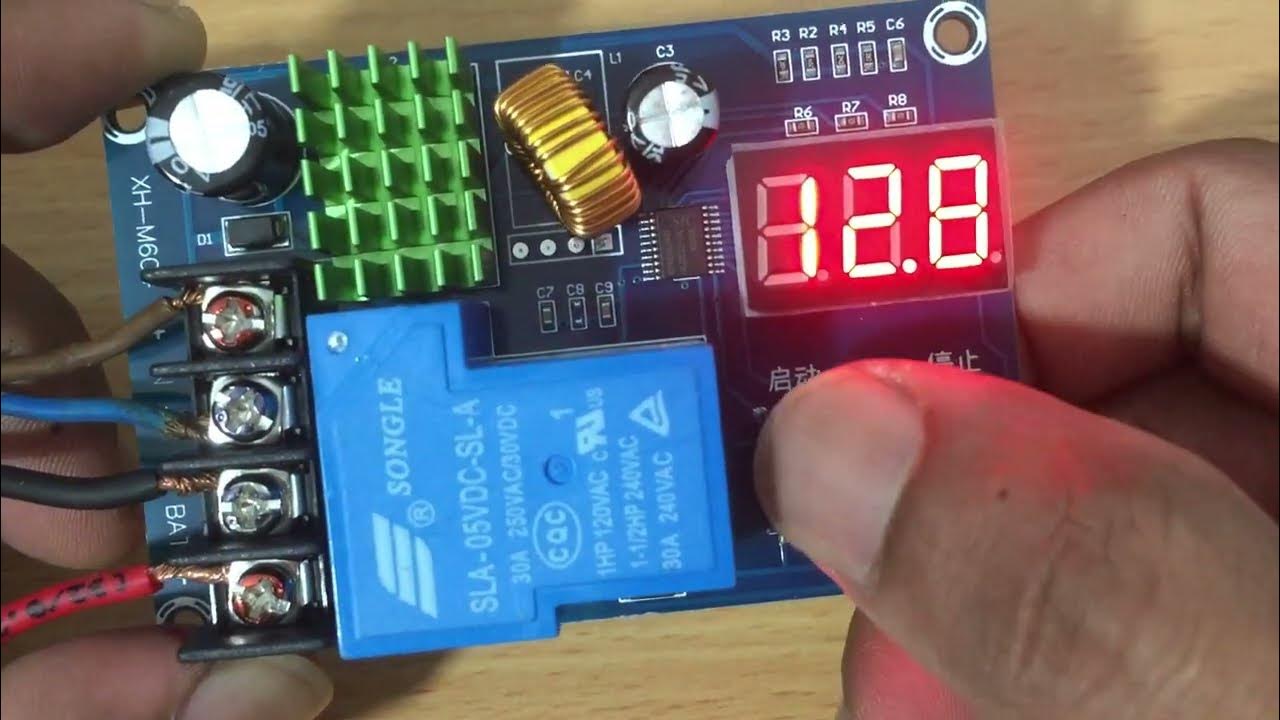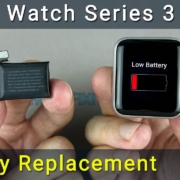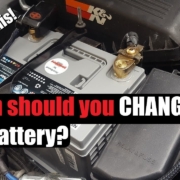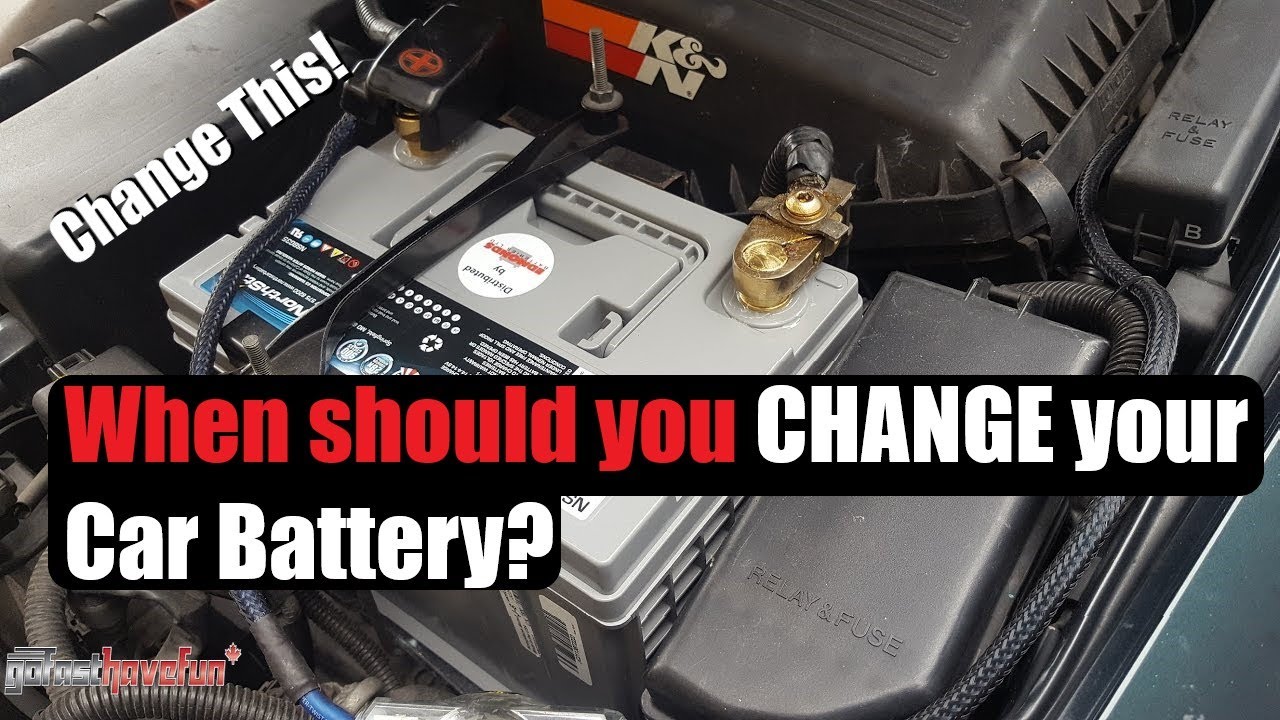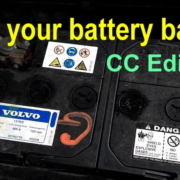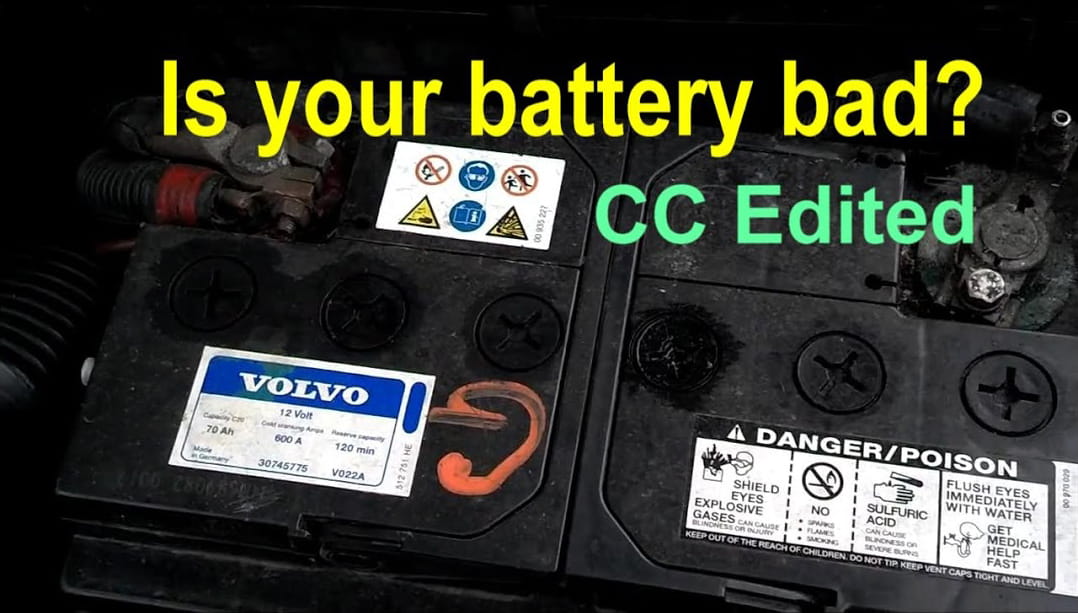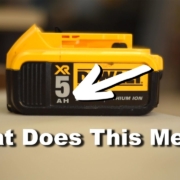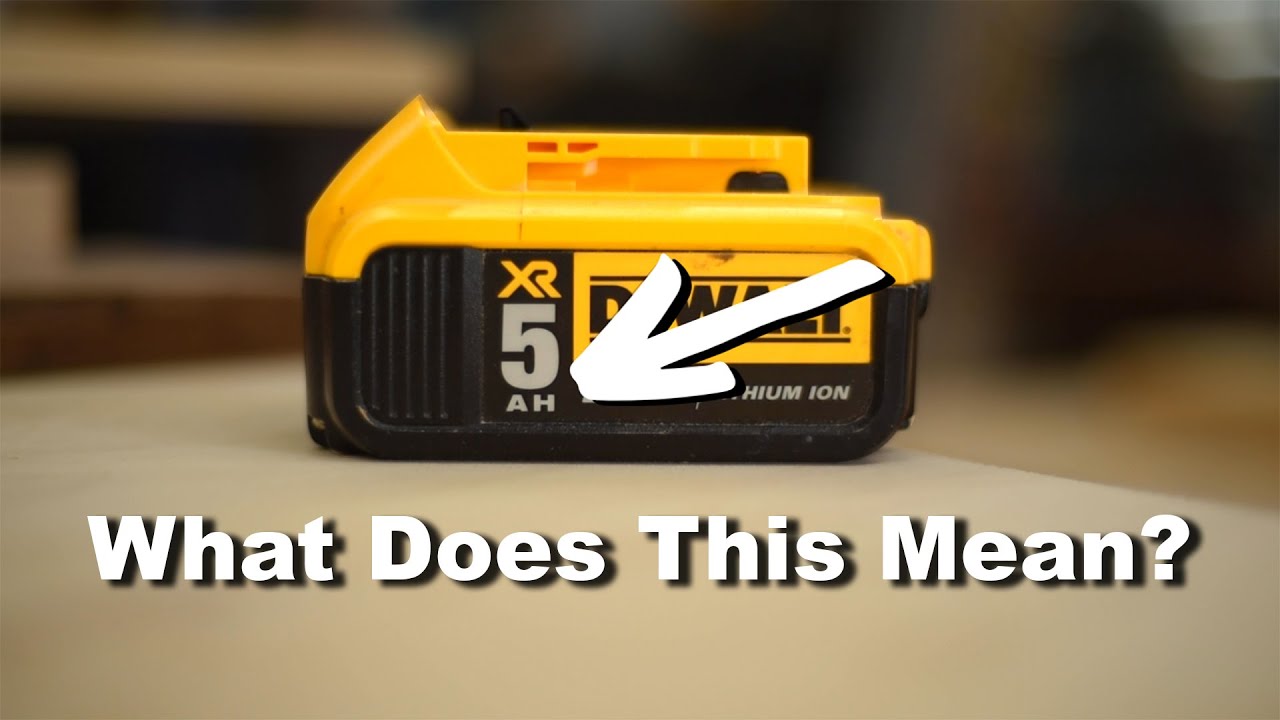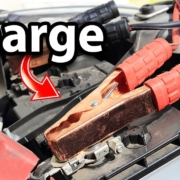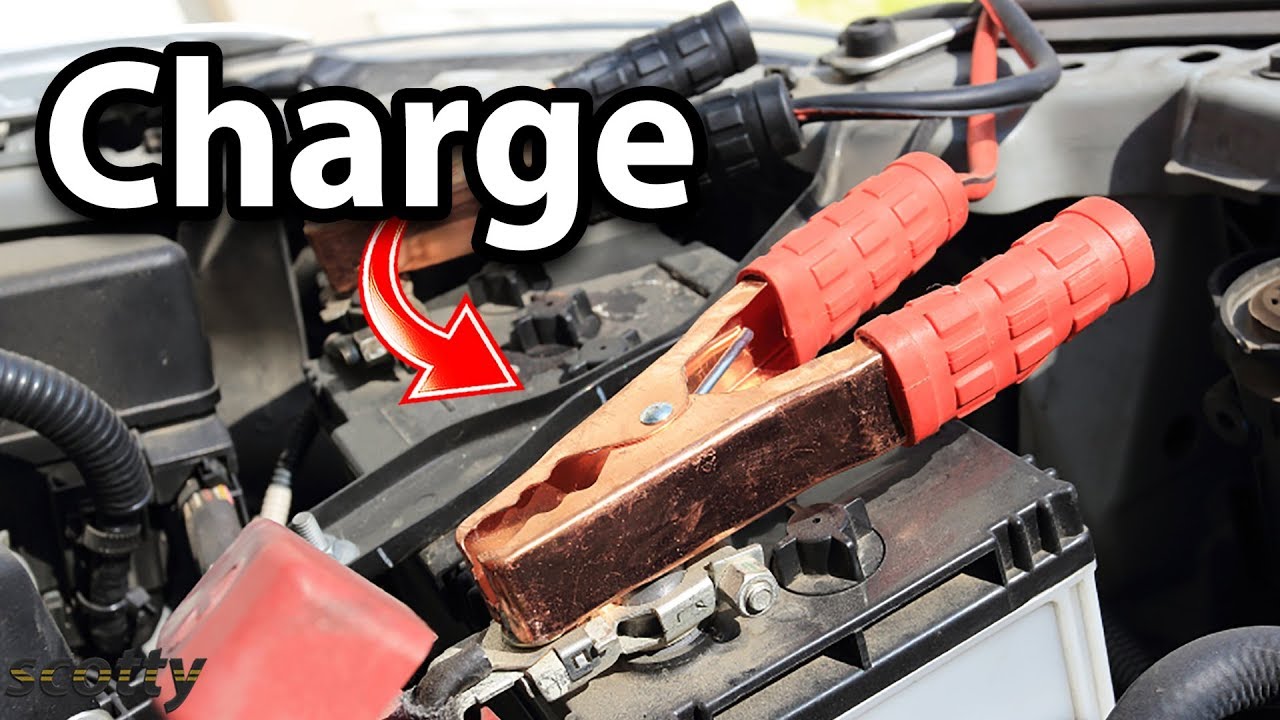Поиск лучшего аккумулятора 18650 в 2025 году может оказаться непосильной задачей. При таком количестве вариантов и спецификаций, как узнать, какой из них подходит для ваших нужд? Как заядлый любитель фонарей, я протестировал свою долю аккумуляторов 18650 за годы работы.
В этом руководстве вы, как профессионал 18650 аккумуляторные блоки производительЯ расскажу вам обо всем, что нужно знать, чтобы найти идеальный литий-ионный аккумулятор 18650 в 2025 году, основываясь на производительности, безопасности и специфике применения.
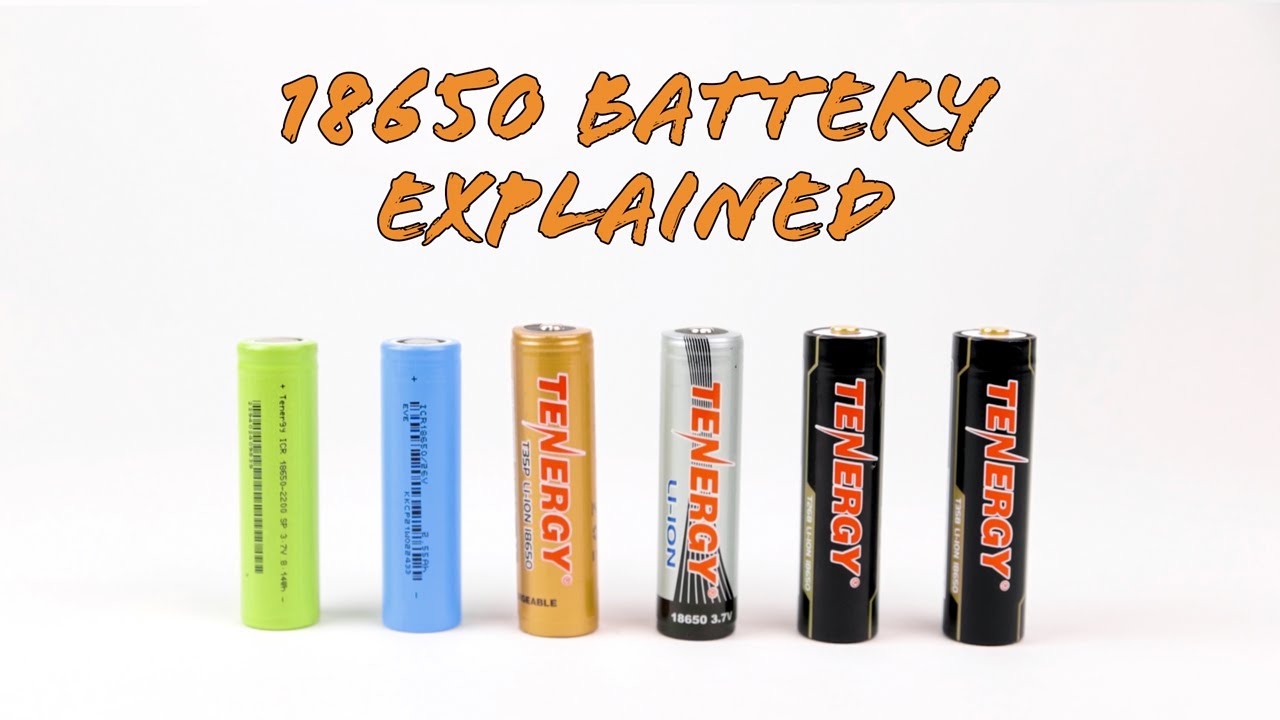
Как выбрать лучший аккумулятор 18650
При поиске лучшего аккумулятора 18650 необходимо учитывать три ключевых фактора:
Производительность и разрядка
Наиболее важные характеристики, на которые следует обратить внимание при выборе аккумулятора 18650, следующие емкостьизмеряется в миллиампер-часах (мАч). Чем больше мАч, тем дольше устройство будет работать без подзарядки.
Однако истинная производительность зависит от непрерывного скорость разряда, который показывает, какой ток можно безопасно потреблять в течение длительного времени. Для использования в условиях высокой разрядки, например, для вейпинга или фонариков, выбирайте аккумуляторы с разрядным потенциалом 10 А и выше.
Срок службы цикла перезарядки
Большинство качественных 18650 сегодня обеспечивают от 300 до 500 циклов перезарядки до значительной потери емкости. Премиальные японские или корейские элементы могут достигать 1 500 циклов. Чем дольше аккумулятор сохраняет емкость, тем больше пользы вы получите от него, прежде чем потребуется его замена.
Сертификаты безопасности
Любой аккумулятор 18650, который вы покупаете, должен иметь ключевые механизмы безопасности, такие как защита от перезаряда, короткого замыкания и перегрева. Легальные аккумуляторы имеют сертификаты испытаний на безопасность от таких организаций, как UL и CE. Остерегайтесь безымянных элементов, не имеющих независимого подтверждения безопасности.
Следуйте этим рекомендациям, и в итоге вы получите надежные и долговечные аккумуляторы 18650 для всех ваших 2025 приложений. Далее мы рассмотрим некоторые лучшие рекомендации в различных уровнях производительности и форм-факторах.
Лучшие защищенные аккумуляторы 18650
Защищенный Аккумуляторы 18650 оснащены небольшой печатной платой, защищающей от таких распространенных проблем, как переразряд, перезаряд, перегрузка по току (короткое замыкание) и перегрев. Подумайте об этом как о мини-выключателе безопасности, регулирующем напряжение и ток.
Вот мой список лучших защищенных аккумуляторов 18650 в 2025 году:
Epoch Protected 18650 3500mAh
Аккумулятор Epoch Protected 18650 3500mAh, обладающий солидным балансом между высокой емкостью и способностью к разряду, является моим лучшим выбором для большинства пользователей в 2025 году.
Основные характеристики:
- Емкость: 3500 мАч
- Макс. Разряд: 8 А непрерывно
- Размер: 65 мм (L) x 18 мм (D)
- Защиты: Переразряд, перезаряд, короткое замыкание
Обладая одной из самых высоких емкостей среди защищенных элементов, Epoch 18650 обеспечивает превосходное время работы для фонарей и других устройств со средней разрядкой. Он быстро заряжается через встроенную зарядку USB-C и обеспечивает 300+ циклов перезарядки.
Хотя этот аккумулятор не предназначен для устройств со сверхвысоким разрядом, его достаточная емкость и хороший разряд 8 А делают его универсальным выбором для фонарей, батарейных блоков, вейпов и других устройств 2025 года.
Sony US18650VTC6 Защищенный
Если вам нужна более мощная защищенная батарея, то надежная модель Sony US18650VTC6 обеспечивает максимальный разряд 30 А в защищенном варианте, но при этом имеет меньшую емкость 3000 мАч.
Основные характеристики:
- Емкость: 3000 мАч
- Максимальная разрядка: 20 А непрерывная, 30 А пиковая
- Размер: 65 мм (L) x 18 мм (D)
- Защиты: Переразряд, перезаряд, короткое замыкание
Аккумулятор Sony VTC6 уже давно стал основным элементом вейпинга благодаря своей высокой разрядной способности, способной работать с субометровыми устройствами. Этот защищенный вариант сохраняет впечатляющие характеристики, добавляя при этом уровень безопасности.
Благодаря непрерывному току 20 А и емкости 3000 мАч он также отлично подходит для тактических фонарей и других устройств, требующих большой силы тока короткими импульсами.
Samsung 30Q Защищенный
Еще один давний фаворит 18650 получил защищенный дизайн в Samsung 30Q. Он находится между вышеупомянутыми вариантами Epoch и Sony, что делает его сбалансированным универсальным выбором.
Основные характеристики:
- Емкость: 3000 мАч
- Максимальная разрядка: 15A непрерывно
- Размер: 65 мм (L) x 18 мм (D)
- Защиты: Переразряд, перезаряд, короткое замыкание
Несмотря на то, что по емкости он уступает вышеупомянутому аккумулятору Epoch 3500 мАч, Samsung 30Q демонстрирует лучшую эффективность и стабильность напряжения при высоком разряде. Это делает его отличным вариантом для тех, кто гонится за большими облаками.
Для портативных зарядок, DIY-аккумуляторов и устройств среднего уровня емкость 3000 мАч также обеспечивает достойное время работы. А при непрерывном токе 5A+ он может питать большинство фонариков и электронных сигарет.
Лучшие незащищенные аккумуляторы 18650
Незащищенный Ячейки 18650 не имеют внутренних защитных элементов, что позволяет производителям добиваться более высокой производительности. Но они становятся опасными в устройствах без защитных схем или осторожного обращения.
Вот мой выбор лучших незащищенных аккумуляторов 18650 в 2025 году:
Samsung 30Q Без защиты
Маститый Samsung 30Q снова стал лучшим выбором, на этот раз в незащищенном виде, чтобы выжать немного больше мощности.
Основные характеристики:
- Емкость: 3000 мАч
- Разряд: 15A непрерывный, 20A импульсный
- Размер: 65 мм (L) x 18 мм (D)
Отсутствие избыточных защитных механизмов позволяет этому элементу Samsung работать эффективно, сохраняя емкость и регулируя напряжение по сравнению с другими батареями 15A+, которые я тестировал.
Осторожно: Эта батарея требуется внешняя схема защиты при использовании вне батарейных блоков. Всегда соблюдайте осторожность и проверяйте технические характеристики при использовании незащищенных элементов.
Sony VTC6 Незащищенный
Благодаря высокому пределу разряда в 30 А, незащищенный Sony VTC6 является лучшим устройством для хардкорного вейпинга и других видов использования с ультравысоким потреблением энергии. Только будьте осторожны!
Основные характеристики:
- Емкость: 3000 мАч
- Разряд: 30A непрерывно
- Размер: 65 мм (L) x 18 мм (D)
VTC6 не обходит углы в погоне за максимальной мощностью, о чем свидетельствуют поистине чудовищные катушки, на которые способен этот аккумулятор. И опять же, соблюдение мер безопасности является обязательным условием при работе с этим зверем.
К минусам можно отнести меньшую эффективность и потерю емкости по сравнению с 15A Samsung. Но по чисто токовым возможностям Sony в 2025 году имеет преимущество.
Sanyo NCR18650GA
Если вы хотите максимально увеличить время работы, а не мощность, впечатляющая модель Sanyo NCR18650GA обеспечит лучшую в своем классе емкость 3500 мАч.
Основные характеристики:
- Емкость: 3500 мАч
- Разряд: 10 А непрерывно
- Размер: 65 мм (L) x 18 мм (D)
Несмотря на то, что эта батарея производства Panasonic поддерживает непрерывный разряд всего 10 А, она работает эффективно, сохраняя большую емкость при падении напряжения.
NCR18650GA хорошо работает в многоэлементных приложениях, таких как аккумуляторные батареи и блоки, позволяя безопасно использовать большую емкость 3500 мАч. Только не забывайте о внешних защитах при зарядке и разрядке.
Лучшие зарядные устройства для аккумуляторов 18650
Чтобы получить максимальный срок службы литий-ионных аккумуляторов, рекомендуется использовать специальное интеллектуальное зарядное устройство, а не зарядку через USB или в устройстве.
Вот мой лучший выбор зарядных устройств для аккумуляторов 18650 на 2025 год:
Xtar VC4S
Мое любимое многоячеечное литий-ионное зарядное устройство на 2025 год - Xtar VC4S, сочетающее высокую скорость зарядки с расширенными функциональными возможностями и дисплеями.
Это универсальное зарядное устройство способно заряжать четыре элемента одновременно со скоростью 1A, 2A или 3A (с независимым контролем отсеков), автоматически определяя химический состав и состояние батареи для оптимальной зарядки.
Информативный светодиодный дисплей в режиме реального времени сообщает о напряжении, режиме/скорости зарядки и внутреннем сопротивлении каждого элемента. Очень полезно!
При разумной цене VC4S обладает огромным количеством функций по сравнению с базовым зарядным устройством. В этом зарядном устройстве есть все размеры - от 18650 до 21700 - благодаря регулируемым контактам.
Liitokala Lii-500
Предлагая аналогичные возможности в более портативном форм-факторе, Liitokala Lii-500 станет отличным спутником для зарядки аккумуляторов 18650 в дороге.
Как и Xtar, это зарядное устройство автоматически регулирует скорость зарядки и напряжение отключения в зависимости от типа обнаруженного аккумулятора. Его один отсек заряжает со скоростью 0,5 А, 1 А или 2 А.
Пять слотов для предварительной настройки профиля батареи позволяют настроить режимы заряда для наиболее часто используемых батарей. А подпружиненные контакты, фиксирующие элементы различной ширины, облегчают замену элементов.
Для любителей или путешественников, которым необходимо ежедневно пополнять запасы 18650 и других литиевых аккумуляторов, Lii-500 станет удобным приобретением для 2025 года.
Подведение итогов
Чтобы выбрать лучший литий-ионный аккумулятор 18650 для ваших нужд, необходимо тщательно взвесить емкость, возможности разряда и меры предосторожности.
Надеюсь, это руководство поможет вам найти несколько отличных вариантов, отвечающих вашим требованиям по времени работы, мощности и бюджету в 2025 году и далее!
Оставайтесь в безопасности и наслаждайтесь хорошими временами, мой друг-батарейка! Как всегда, задавайте мне вопросы в комментариях ниже.
P.S. Как только вы остановитесь на понравившейся модели 18650, подумайте о приобретении нескольких комплектов, чтобы сэкономить на цене каждого элемента. Счастливой охоты за выгодными покупками!
